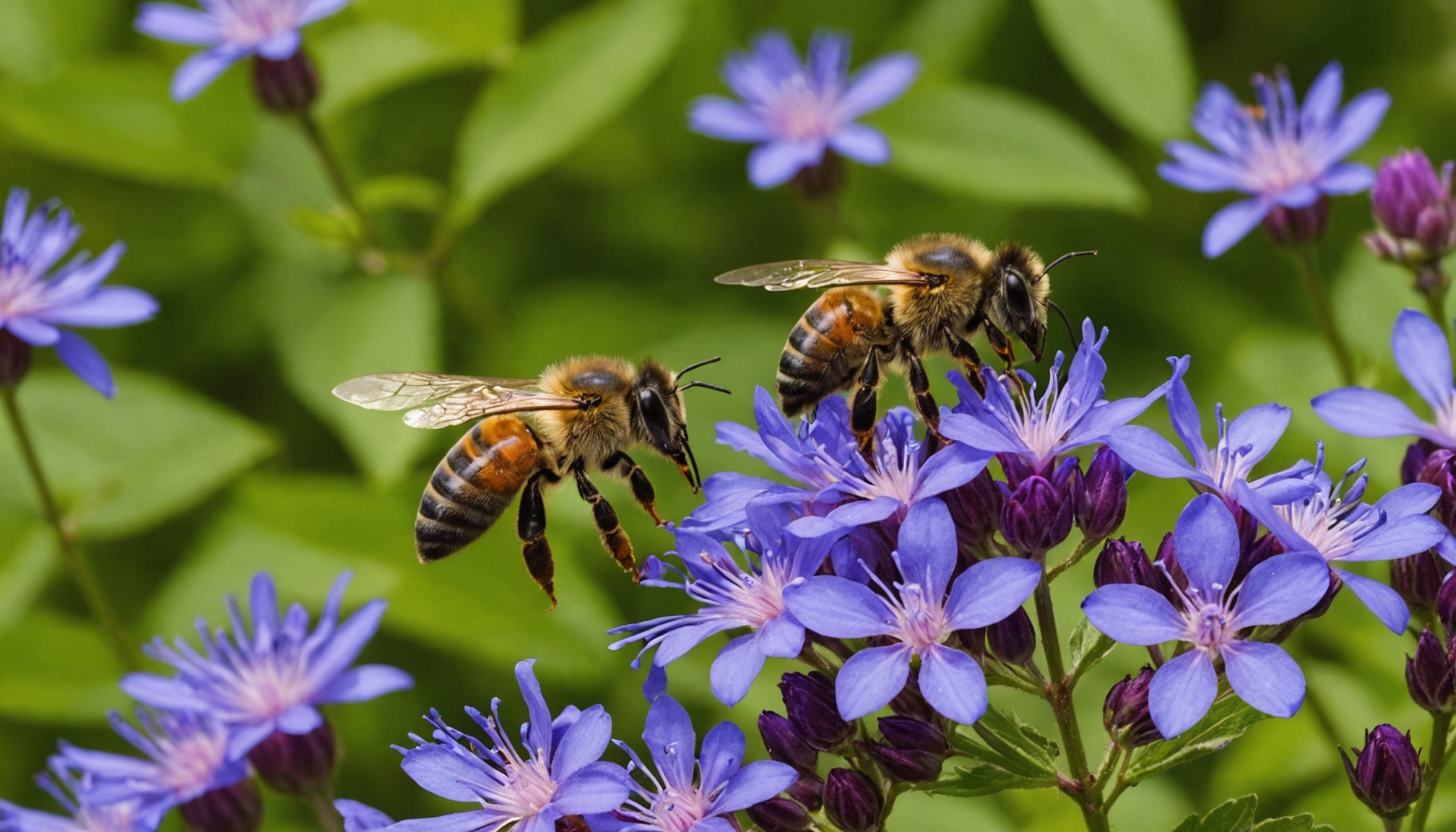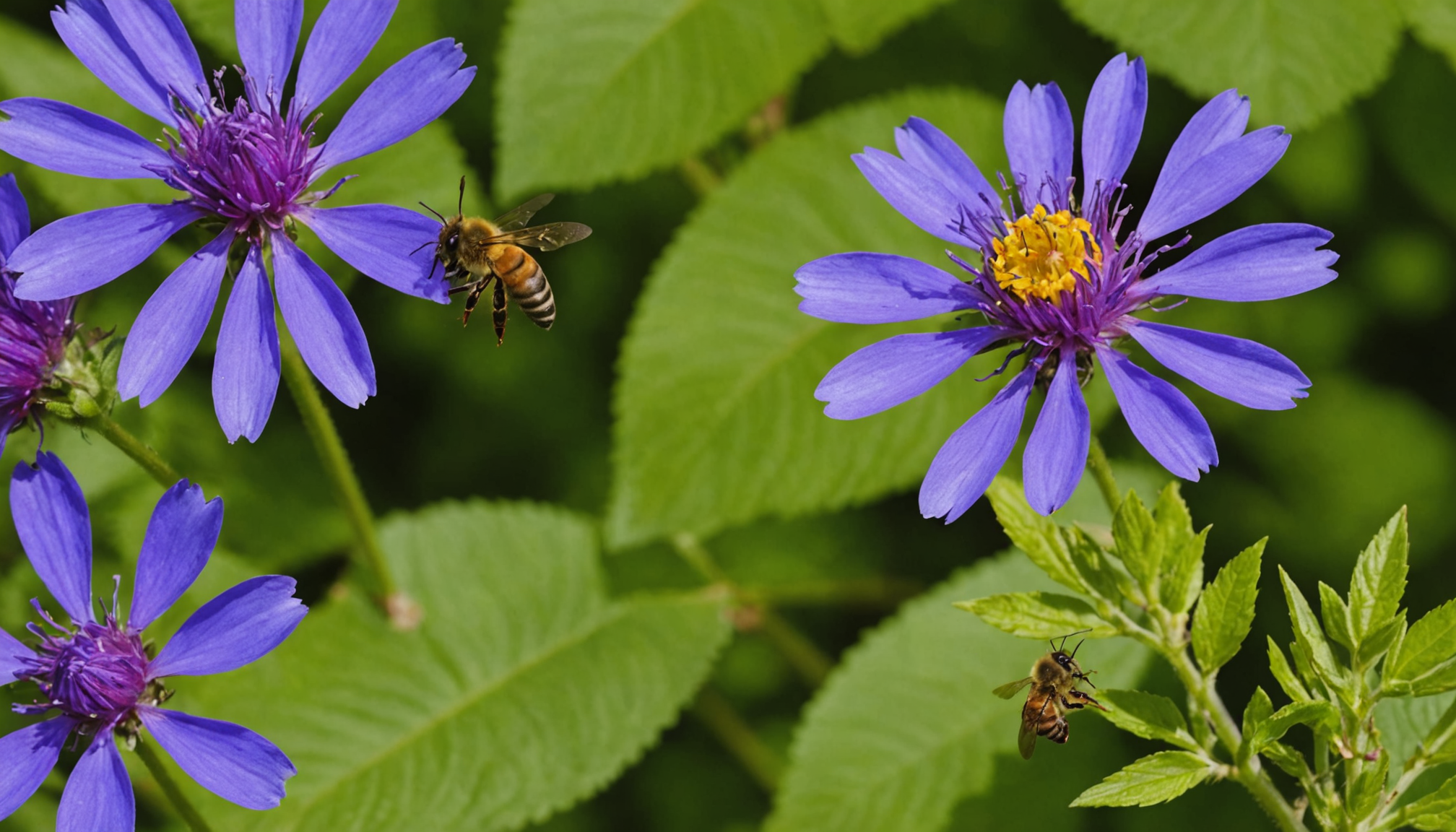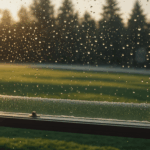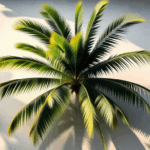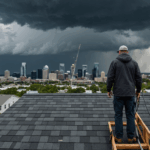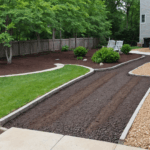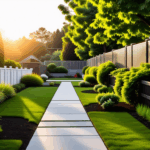To create an effective pollinator garden that attracts bees and butterflies, it’s crucial to understand the specific needs of these essential creatures. Pollinators like bees and butterflies play a vital role in the reproduction of flowering plants and the overall health of ecosystems. Their presence is a hallmark of a thriving garden and understanding their needs is the foundation of successful eco-friendly gardening.
Pollinators require a combination of food, water, shelter, and safe nesting areas to thrive. The key to fulfilling these necessities lies in appreciating the unique behaviors, lifecycles, and preferences of different pollinator species. By tailoring your garden to accommodate these aspects, you not only enhance pollinator presence but also contribute to local wildlife conservation.
One of the primary needs of pollinators is a consistent and varied source of food. This comes mainly in the form of nectar and pollen from flowering plants. Bees, for instance, favor flowers that are blue, purple, and yellow, reflecting their ability to perceive ultraviolet light. Butterflies, on the other hand, are drawn to bright and open blooms with accessible nectar. The following table outlines different pollinator preferences to help in selecting appropriate plants:
| Pollinator | Flower Color Preference | Bloom Shape |
| Bees | Blue, Purple, Yellow | Shallow, tubular |
| Butterflies | Red, Orange, Pink | Flat-topped, clustered |
| Hummingbirds | Red, Pink, Orange | Tubular |
In addition to food, pollinators need accessible water sources. A shallow dish with stones or a birdbath can provide a safe place for them to drink. The provision of water is vital, especially during dry months when natural resources might be scarce.
Shelter is another critical component. Many pollinators need protection from wind, rain, and the harsh outside environment. Strategically planting dense shrubs or creating hedgerows serves as natural windbreaks and safe havens for resting. Moreover, consider adding piles of leaves or unmowed grass patches to facilitate nesting, particularly for solitary bees.
Ultimately, crafting a pollinator-friendly garden means thinking like a pollinator and paying attention to their ecological context. By considering the varied and overlapping needs of these species, your garden can become a thriving hub of activity and a beacon of biodiversity, aligning with the best practices of eco-friendly gardening. Such spaces not only cater to pollinators but also boost the overarching wellness of our planet’s vital ecosystems.
choosing the right plants
Choosing the right plants for your pollinator garden is fundamental to attracting a variety of bees, butterflies, and other important pollinators. Thoughtful selection and strategic planting help ensure your garden is not only visually pleasing but also an effective contributor to local wildlife and eco-friendly gardening practices. Follow these steps to curate a vibrant, pollinator-attracting oasis:
1. Select Native Plants:
– Begin by researching plants native to your area as they have co-evolved with local pollinators, providing the most suitable food and habitat. These plants are generally more resistant to local pests and diseases and require less maintenance.
– Native plants often offer the right shapes, sizes, and colors that local pollinators prefer, making them particularly effective at attracting bees and butterflies.
2. Diversify Plant Selection:
– Incorporate a variety of plant species to ensure a continuous supply of nectar and pollen throughout the growing seasons. Aim for a succession of blooms from early spring through fall.
– Mix perennials, annuals, and biennials to create a dynamic and ever-changing landscape. Consider using flowering shrubs and trees to provide vertical interest and additional sources of food for different pollinators.
3. Consider Bloom Shape and Color:
– Choose flowers with different shapes and colors to appeal to the diverse preferences of pollinators. For instance, plant clusters of flat-topped flowers for butterflies and tubular blooms for bees and hummingbirds.
– Be deliberate in selecting flower colors based on pollinator preferences, such as blues and purples for bees and reds and pinks for hummingbirds, to maximize attraction.
4. Incorporate Host Plants for Caterpillars:
– To assist in the lifecycle of butterflies, include host plants that caterpillar larvae feed on. Plants such as milkweed for monarchs or dill for swallowtail butterflies not only support pollinators at different life stages but also encourage repeat visits to your garden.
5. Avoid Hybrid Varieties Without Nectar:
– Some ornamental hybrid plants may lack the nectar essential for pollinators. Ensure your selected varieties provide nutritional resources by focusing on heirloom and wild-type species known for their nectar-rich benefits.
6. Implement Seasonal Rotation:
– Plan for rotating plant species to adapt to changing seasons, ensuring that your garden remains a vibrant habitat no matter the month. This approach helps keep the garden dynamic and continually appealing to various pollinators.
By weaving together thoughtfully chosen native species with a mix of colors, shapes, and seasonal offerings, your garden will not only become a destination for pollinators but also play a pivotal role in supporting local ecosystems. Such a design highlights the harmonious blend of beauty and utility, promoting an eco-friendly gardening ethos that resonates with the planet’s wellness.
creating a water source
An essential yet often overlooked component of a pollinator garden is a reliable water source. Like all living creatures, pollinators such as bees and butterflies require water not only for hydration but also for thermoregulation and nectar processing. Ensuring that your garden caters to these needs can significantly enhance its appeal to these beneficial insects.
Start by installing a shallow water feature. Ideally, this should be simple yet effective, such as a shallow dish or a birdbath. Fill it with fresh water and add pebbles or rocks. These provide perching spots for pollinators, allowing them to drink safely without the risk of drowning—something essential for maintaining a bustling pollinator environment.
During hotter months, natural water sources can become scarce, increasing the importance of a reliable garden water source. The presence of clean water contributes to the strength of pollinator populations and supports their role in the ecosystem, thereby linking your garden more integrally to local wildlife. Make sure to refill and clean these water sources regularly to prevent stagnation, which can lead to the proliferation of harmful bacteria or mosquitoes.
Consider going a step further with the addition of a mud puddle, particularly if you aim to attract butterflies. Butterflies engage in a behavior known as “puddling,” where they extract essential minerals and moisture from wet soil or mud. By creating a small, wet area in your garden, you can provide these vital nutrients. This can be as simple as using a pie pan buried slightly into the soil and filled with a sandy mud mix. Such an installation not only makes your garden more inviting but also supports butterfly breeding processes.
By ensuring that your pollinator sanctuary includes these simple yet impactful water elements, you’ll not only be enhancing the visual charm and utility of your eco-friendly gardening efforts but also creating a thriving habitat that actively supports the life cycles of pollinators. This not only attracts them to your garden but also underscores your commitment to fostering biodiversity and sustainability. In doing so, your pollinator garden will echo the harmonious rhythm of nature, offering support to its smallest but most industrious inhabitants.
providing shelter and nesting areas
When designing a pollinator garden, it’s essential to go beyond just providing food and water by creating suitable shelter and nesting areas for these vital creatures. With the decline of natural habitats, offering a safe haven for pollinators can foster biodiversity and promote eco-friendly gardening practices.
Begin by evaluating the layout and structure of your garden. Diverse vegetation can serve as natural protection against harsh weather, offering a sanctuary for pollinators. Dense shrubs or hedgerows act as windbreaks and concealment spots, shielding bees and butterflies from wind, rain, or predators. Consider incorporating evergreen shrubs, which offer year-round shelter, ensuring pollinators can find refuge even when temperatures dip.
Adding rudimentary elements like piles of leaves, logs, or rock areas can further enhance nesting opportunities. Solitary bees, in particular, benefit from these setups. Many species, such as the mason bee, utilize old wood, abandoned beetle burrows, or simply hollow stems to nest. By providing a multitude of materials, you cater to the ecological needs of various pollinator species that may frequent your garden.
If you’re willing to extend your efforts, constructing bee hotels can be a significant advantage for cavity-nesting species. These can range from simple bundles of hollow reeds to intricately designed wooden structures with drilled holes of varying diameters, providing perfect nesting options for diverse solitary bees. Placing these structures in sunny locations will make them more attractive to potential inhabitants.
For butterflies, creating shelter means recognizing their lifecycle needs. They require host plants where caterpillars can feed and grow. In addition, leaving some portions of the garden slightly ‘wild’, like unmowed grass patches or untamed corners, supports both butterflies and bees by providing untouched spaces for them to nest and lay eggs, promoting wildlife sustainability in your backyard.
Remember, minimal intervention can also be beneficial. Avoid excessive tidying or manicuring of the garden as it might eliminate the natural features that many pollinators depend on. Let some weeds flourish, as they sometimes serve essential roles in the lifecycle of pollinators.
Through thoughtful design and minimal disturbance, your garden can become a vibrant habitat that reflects the natural ecosystems needed for pollinator populations to thrive, providing a continuous cycle of life within nature’s harmonious rhythm. By integrating these elements, you’ll not only enhance the charm and function of your garden as a safe haven but also contribute positively to conserving wildlife, showcasing a commitment to eco-friendly gardening principles.
avoiding harmful pesticides
To maintain a thriving pollinator garden, it’s crucial to avoid harmful pesticides that can severely impact the health of bees, butterflies, and other vital pollinators. These chemicals, often detrimental to beneficial insects, can diminish pollinator populations and disrupt the ecosystem. Instead of relying on conventional pesticides, there are several eco-friendly gardening practices that can ensure your garden remains a safe haven for pollinators while effectively managing pests.
Begin by adopting integrated pest management (IPM) strategies. IPM focuses on using natural predators and minimal chemical interventions to control pest populations. Introduce beneficial insects like ladybugs and lacewings, which naturally prey on pests such as aphids and caterpillars. This method not only maintains the ecological balance but also enhances your garden’s biodiversity.
Consider employing natural pest deterrents or organic solutions, which are less harmful to the pollinators you wish to attract. Neem oil, insecticidal soap, and diatomaceous earth are effective alternatives that target pests without posing significant risks to pollinators. Additionally, homemade solutions, like a mild mixture of dish soap and water, can deter harmful insects when applied carefully.
Another approach is to practice companion planting. Certain plant combinations can naturally repel pests while attracting pollinators. For example, marigold and lavender can deter harmful insects due to their strong scent, while attracting bees and butterflies. This synergy between plants aids in maintaining a vibrant, healthy garden environment without the need for harmful chemical interventions.
Encourage a biome that supports pollinators by enhancing your garden’s soil health. Healthy soil, rich in organic matter and microorganisms, fosters robust plant growth, making them less susceptible to pests and diseases. Regularly add compost and mulch to nourish the soil naturally, reduce the need for synthetic fertilizers, and enhance moisture retention, all of which contribute to a flourishing garden environment.
Routine garden assessments are vital to early pest detection, allowing you to address little problems before they require drastic solutions. Removing attacked plants or using barriers such as row covers can effectively prevent pest invasions, preserving the intricate balance of your eco-friendly gardening haven.
By intentionally steering clear of harmful pesticides, you’re actively contributing to the well-being of bees, butterflies, and other wildlife, creating a sanctuary that nurtures biodiversity. Embracing these eco-friendly strategies not only makes your pollinator garden more inviting but deepens its role in promoting sustainable and responsible gardening practices.
Crafting a pollinator-friendly garden offers a profound ecological service, fostering a healthy and sustainable environment for pollinators like bees and butterflies. By understanding their needs and carefully selecting plants, providing essential water sources, and creating shelter, you cultivate a thriving ecosystem. Avoiding harmful pesticides and opting for eco-friendly alternatives ensures your garden remains a sanctuary for wildlife. In doing so, you support biodiversity and contribute positively to the health of our planet’s ecosystems, all while enjoying the beauty and vibrancy of your flourishing garden.
